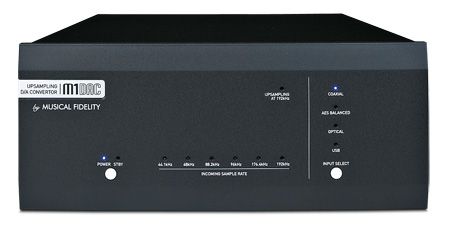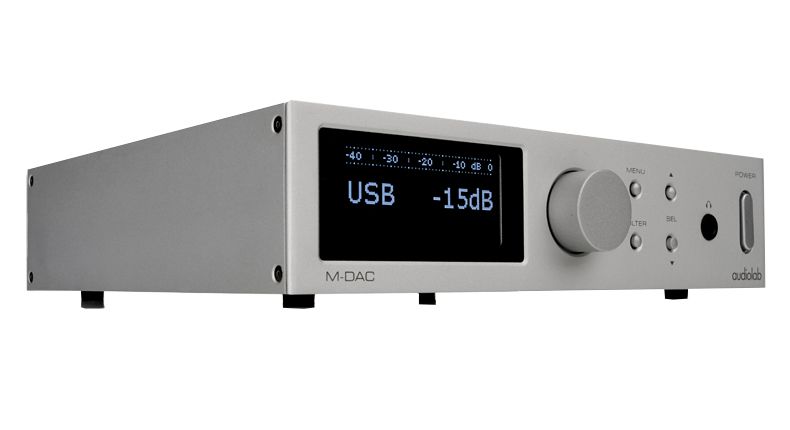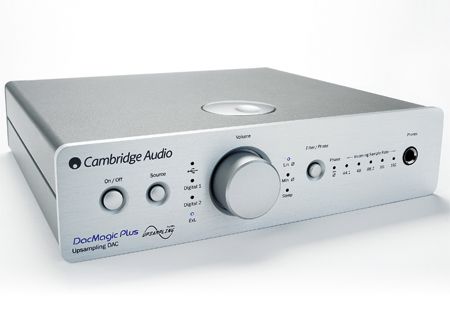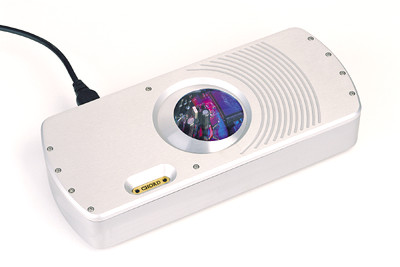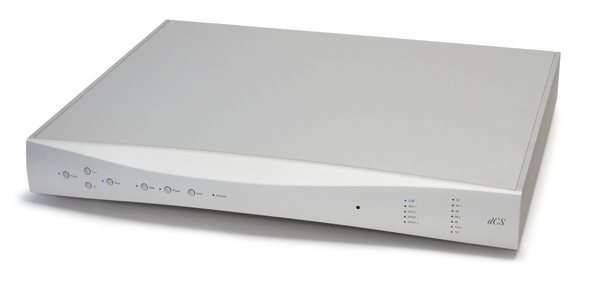The M1, which is currently in the ‘where is it now’ category, first emerged on the analogue scene little under a decade ago and made more of a ripple than a splash, if only for a brief while. However, it did not sell well, and the ever intrepid Antony Michaelson quickly went on to other projects. Doing the M1 was either “bold” or “foolish,” as I said at the time, and it was probably a little of both.
The M1 was released just as the vinyl resurgence was starting to take hold. It had been discussed for years – no, decades – but by the middle of the first decade of the twenty-first century, it had gained traction. Pro-Ject and Rega were selling well at the cheaper end of the market, while sales of higher-priced decks were also solid. It was becoming evident to some of us that the LP would outlast the CD, as strange as that sounded at the time!
It shows us in 2015 that things haven’t changed much since the 2005 turntable design manual. Clearaudio, for example, continues to provide large, bold, and intimidating belt drives with a lot of Perspex, but more tastefully now. The M1, on the other hand, was an outstanding and imposing beast when it was first released. It wasn’t a typical Linn/Thorens enclosed subchassis with a ‘plinthed’ construction; instead, the chassis was mounted on a double, decoupled acrylic base. Because each chassis plate had a distinct mass, their natural resonance points were at different frequencies. Thanks to rubber suspension, the double pole isolation system between both chassis plates is both vertically and horizontally compliant, as well as having a very low natural resonant frequency. Those enormous feet were a little obscene in my opinion, but they accomplished the job.
The inverted bearing was made of milspec high carbon steel that was honed to a tolerance of better than 5 microns and had a 0.1 micron surface polish. A high-quality ball bearing made of milspec high-carbon steel and machined to a spherical precision of more than 2 microns sat atop the shaft. It was claimed that the surface polish was better than 0.1 microns. The outer shell is composed of high-tensile stainless steel, with a milspec brass insert with a precision lubricating spiral. A tight-tolerance PTFE pad served as the point of contact between the exterior shell and the bearing.
An impulseless DC motor (MF referred to it as “the most costly brushless motor available”) was utilized, with shaft speed precision controlled by an optical sensor installed on the motor. To adjust the DC drive voltage, this was sent into a 16-bit CPU that used a ‘fuzzy logic’ method. MF claimed a 0.2 percent speed accuracy. Unusually, a rotary pitch control with a semitone (i.e. 6%) of adjustment and a center detente to indicate accurate speed was installed. The power supply, together with the electronics that control the motor, is housed in a separate shielded box, as was usual practice at the time.
I recall being really interested in the tonearm when the deck was first released. The SME M2-9, which cost £582, had never been seen on a British turntable previously, and the M1 came with one as standard. It was clearly an upgraded 3009S2, with a new, detachable, angled headshell and a straight, internally damped stainless steel/alloy armtube. Vintage SME fans will recognize the machined bearing housing, but it was height adjustable through a thumbwheel positioned at the armbase, and tracking force was controlled by a calibrated counterbalance weight. The ‘weight and pulley’ bias compensation mechanism was kept because, despite its primitive appearance, it worked. The overall robustness and engineering perfection of the package amazed me. The motor, bearing, plinth/suspension isolation system, and (then) new arm were all well-made.
The M1 turntable is a standout performer, offering robust, smooth, detailed, and intuitively musical performance. I recall thinking it wasn’t a “character turntable” like the LP12, but rather a very even and unobtrusive reading of whatever was on the disc. Antony Michaelson said he was listening to a Thorens TD124 as a reference, and the M1 sounded a lot like it, but in a more modern context, with considerably more definition and grip. It had a soothing ebb and flow to it, with a rock-solid bass and mastertape-like ease and unflappability.
I found the Musical Fidelity to be slightly lacking in soundstage width when compared to a similarly priced Michell Orbe, but just as good in depth and slightly more lucid sounding. The MF had good left-to-right image, but the recorded acoustic didn’t seem to be as far back behind the speakers as the Orbe. Both decks had excellent treble – open, even, smooth, and neutral. The bright, airy, wide soundstaging and flowing musicality of the M1 contrasted with the Michell’s slightly more ‘technical’ sound.
The M1 was an intriguing ‘plug and play’ turntable-and-tonearm combination back then, with outstanding sound, changeable pitch (loved by all musicians but irrelevant to the rest of us), and acres of glossy Perspex to dazzle your friends. Unfortunately, at its £2,999 debut price, it didn’t quite meet the mark, and I believe this was due as much to the quality of the existing competition (Michell, SME, Avid) as it was to any shortcomings on the M1’s side. There’s also the issue of dealers’ brand allegiances, which may have made many merchants less keen to promote it against current, well-selling turntables. We’ll never know why it didn’t take off, but it’s starting to become collectible. Due to the rarity of the item, secondhand prices vary widely.

